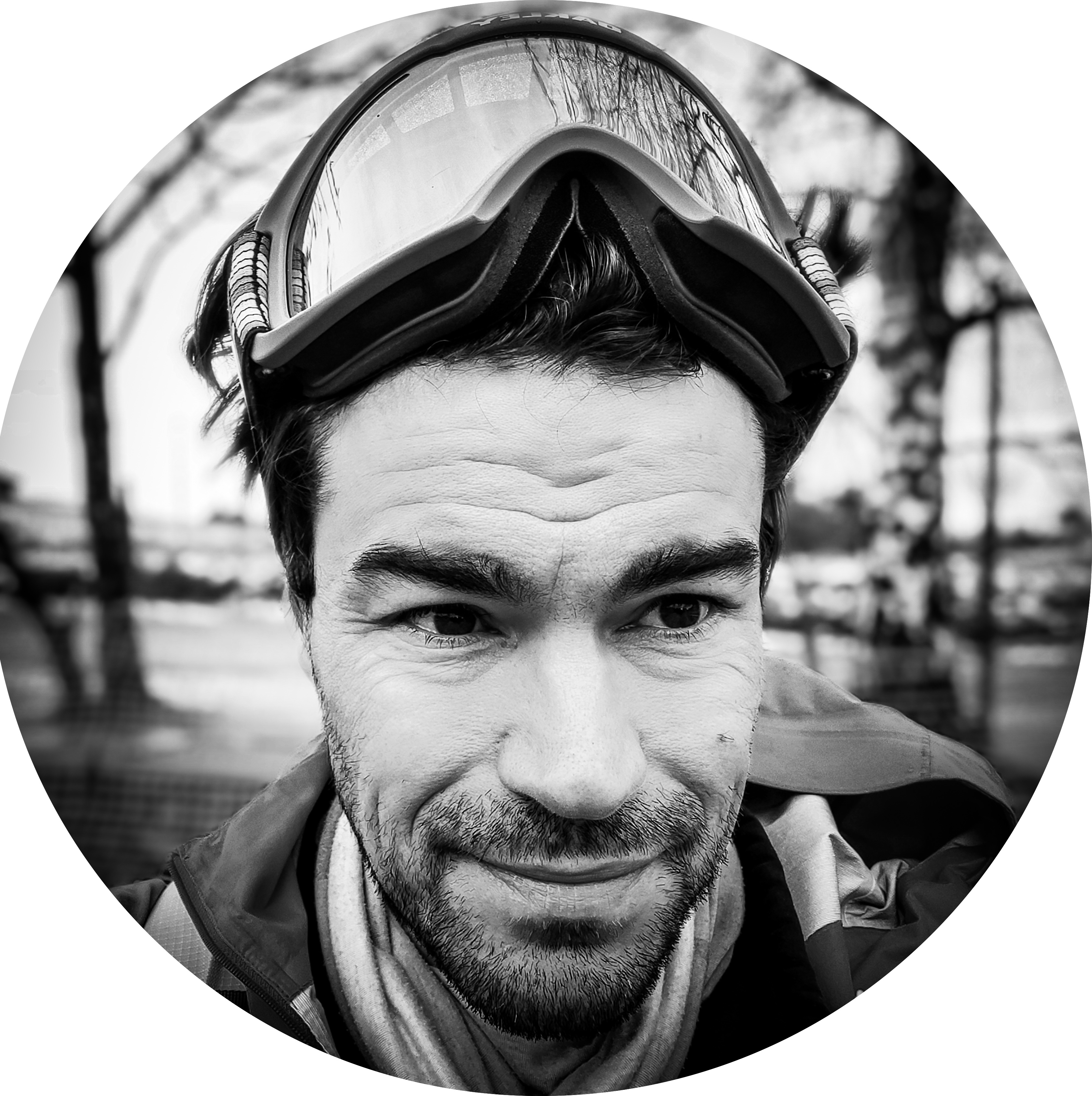About me
I help sport tech startups turn physiology and performance data into production-ready AI solutions that drive subscriptions, enhance UX, and deliver new features.
I bridge the gap between sports science research and deployed code. I speak both languages: I can whiteboard with exercise physiologists in the morning and ship containerized APIs by evening.
What I do
I build and deploy AI-powered models for endurance sport performance:
- Training prescription & assessment - Algorithms that adapt to individual athletes
- Cardiopulmonary exercise testing - ML models for threshold detection and interpretation
- Continuous Glucose Monitoring - Insights extraction for metabolic optimization
- Pacing & race strategy - Simulation models for optimal performance
I work across the full stack: from research and model development to Docker containers, Flask/FastAPI services, and production deployment on AWS, Heroku, or Lambda.
How I work
I combine first-principles modeling with machine learning. Depending on the problem, I write differential equations by hand, train neural networks, or blend both approaches. I prototype fast, validate against real data, and iterate until the model delivers business value.
Tech stack: Python, Claude Code, Flask, FastAPI, Docker, AWS Lambda, Heroku, LLM pipelines
Recent work: Educational courses, performance models deployed as APIs, webapps connected to CMS via LLM pipelines.
Background
M.Eng. Mechatronics + PhD Sports Science - I enrolled to study robotics and ended up studying the most wonderfully made machine: the human body.
I maintain active research collaborations and publish in peer-reviewed journals. I’m Associate Editor at Sports Engineering and reviewer for several top sports science journals.
Clients & collaborations: Athletica.ai, Supersapiens, and other sport tech startups building cutting-edge technologies.
Interested in working together? Connect on LinkedIn or reach out via the links in the sidebar.
